The Northern Beltline project has been haunting Alabama for over 50 years, draining money, time and energy from other more productive and desired projects. Here’s how it came about — and why it refuses to stay dead.

The Federal Reserve just cut interest rates. Some people are celebrating the move as making housing more attainable, but it's really just reinforcing the housing trap. Need proof? Look no further than the 40-year mortgage.
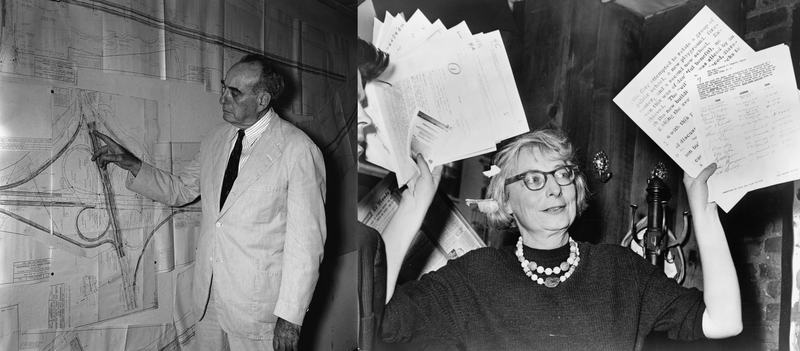
From compact blocks to old-building reuse, Jacobs’ framework offers a path for Southern cities to become financially stronger and more adaptable.

The U.S. is in a massive housing bubble fueled by widespread fraud. With banks incentivized to look away and Wall Street and Washington incentivized to keep housing prices artificially high, a bottom-up approach is the only hope for bringing sanity back to the housing market.

Starbucks built its brand on being a third place — a communal hangout that fosters communication and conversation — but in recent years, its priorities have shifted to speed of service. Now, instead of returning to its roots, the corporation is trying to redefine what a third place is.
Brainerd, Minnesota’s newest addition isn't exactly cause for celebration. Instead, this “high-tech” ice machine reveals deeper issues with public investment, community apathy and neighborhood decline that can plague cities.
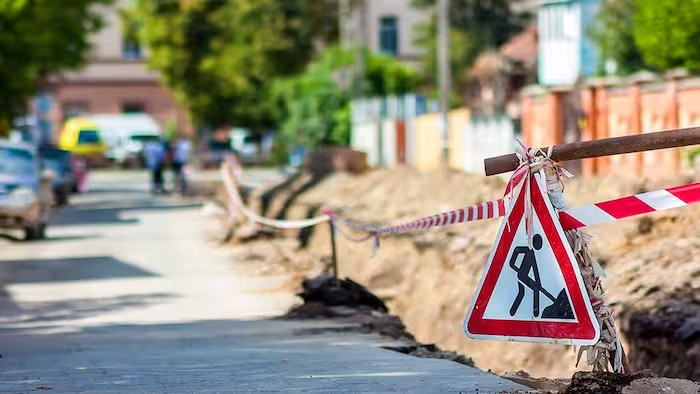
Are urban areas really more financially sustainable than suburbs? Do urban areas inherently have higher infrastructure costs? Here's what Strong Towns actually says about the Suburban Experiment and infrastructure spending.
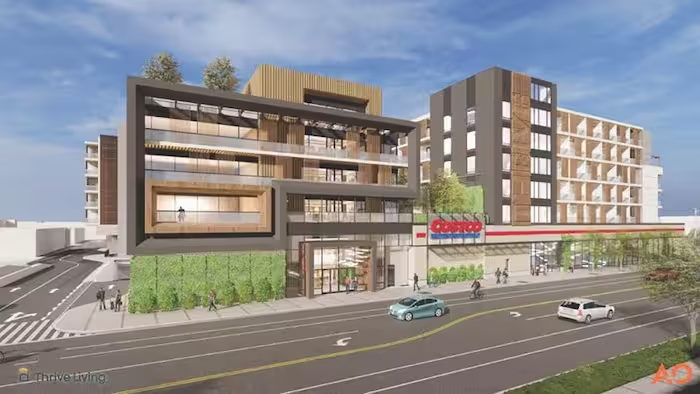
To skip delays and debate, a California Costco added 400,000 square feet of housing to its plans — a move that unlocked a faster approval process.
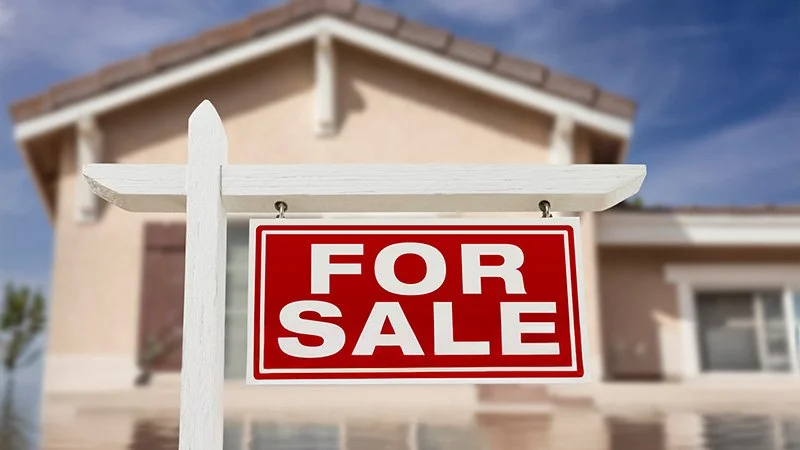
Housing shortages are housing spillovers.
Rates of loneliness and unhappiness are on the rise in the United States, but our European counterparts don’t seem to have the same problem. Why? Part of the reason is the way our built environment isolates us.
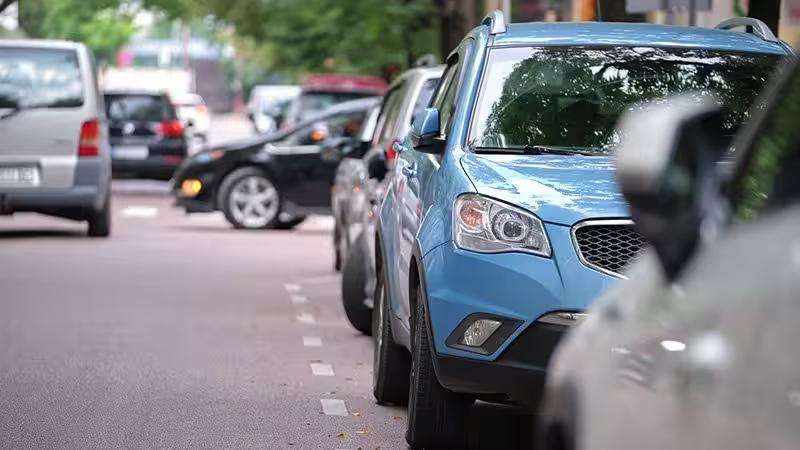
City engineers rely on faulty logic and misrepresentations to maintain the status quo. This was made blatantly clear in a recent letter from the City Engineers Association of Minnesota (CEAM) — and it’s why a growing number of engineers are breaking from the party line to support reform. Here are CEAM’s top four arguments against parking reform and why they’re wrong.

To change peoples' minds, we have to make an effort first to listen.

At 75, Susan Graham didn’t expect to spend her time fighting freeways — but after nearly five years leading Stop TxDOT I-45 in Houston, she’s nowhere near done.
As prices rise, housing affordability has become an increasingly popular topic of discussion across North America. However, in our current system, affordable housing is an oxymoron: Housing is treated as an investment, and good investments constantly increase in price. To escape this paradox, we must change the way we think about housing.
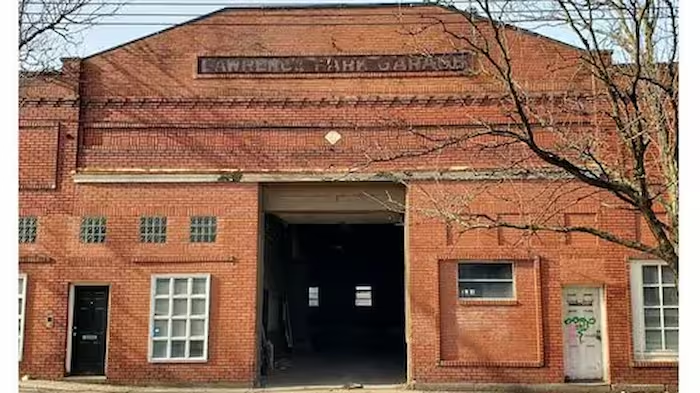
When the owners of Lawrence Hall bought the abandoned building, they had a vision of reviving it into a food hall that would support small businesses and help their community thrive. They never imagined that a few parking spots would put their dream on hold for seven years.
The financial struggles of Houston and the cities of the Silicon Valley area—as well as tens of thousands of others across North America—have the same underlying cause.
Like so many places, Muskegon, MI, has a shortage of housing and a surplus of vacant lots. That’s why it’s enacted a program that allows it to redevelop those lots into affordable housing—at a low risk to the city.
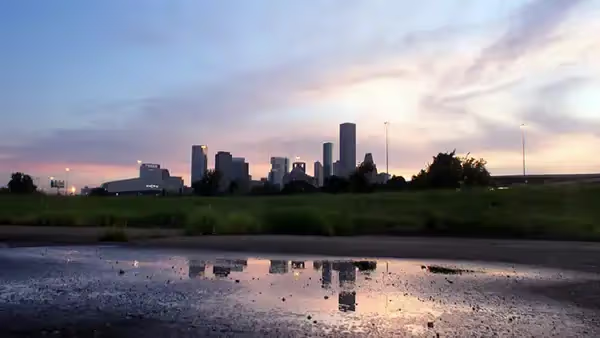
Houston’s fiscal problems are less critical than other major cities with large budget shortfalls—yet, their mayor is correct when he said his city is broke, that the financial approach of the city is clearly not working. Here’s why.
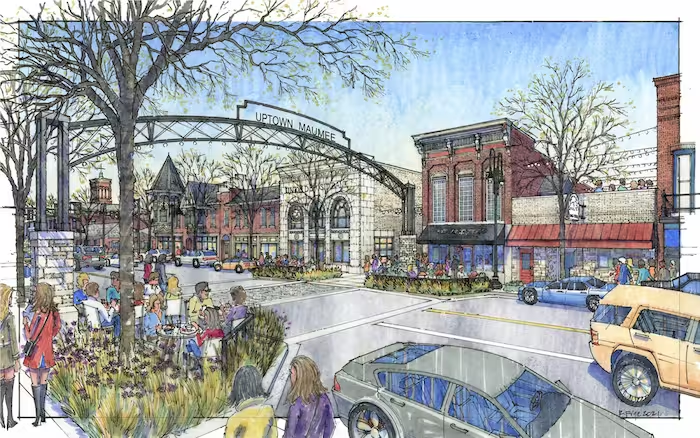
Like many U.S. towns, Maumee, OH, has a state highway that cuts through their Uptown. For decades, it’s been known as a dangerous road…but no longer: the city is taking back its streets and making them places for people, not cars.
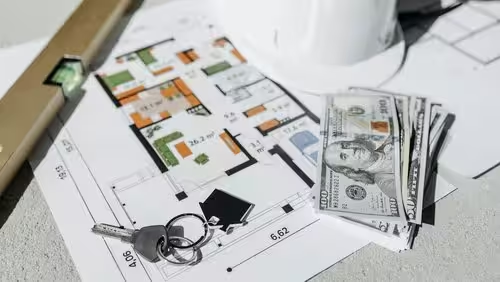
What does it really mean to say that housing can’t be both affordable and an “investment”?
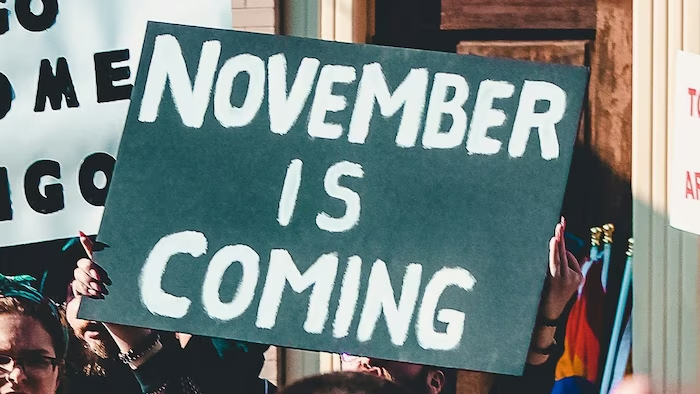
Every four years, a small but vocal portion of our audience calls on Strong Towns to react to the politics surrounding national elections. This is our response.

Demonizing the 91% of Americans who drive by putting them into the category of "asshole humans” is a bad and ultimately losing strategy for creating safer streets.